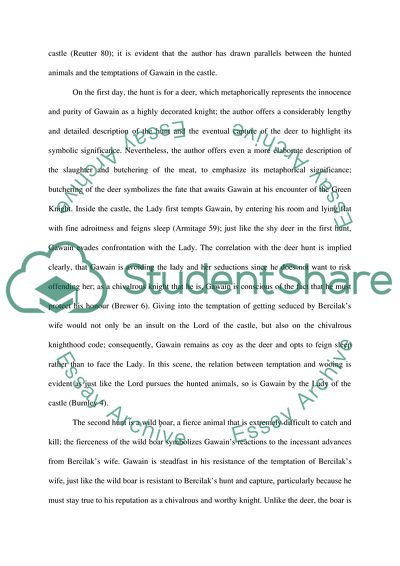Cite this document
(“Hunting and Temptation Scenes in Sir Gawain and the Green Knight Essay”, n.d.)
Retrieved from https://studentshare.org/english/1654414-examine-the-significance-of-the-hunting-and-temptation-scenes-in-sir-gawain-and-the-green-knight
Retrieved from https://studentshare.org/english/1654414-examine-the-significance-of-the-hunting-and-temptation-scenes-in-sir-gawain-and-the-green-knight
(Hunting and Temptation Scenes in Sir Gawain and the Green Knight Essay)
https://studentshare.org/english/1654414-examine-the-significance-of-the-hunting-and-temptation-scenes-in-sir-gawain-and-the-green-knight.
https://studentshare.org/english/1654414-examine-the-significance-of-the-hunting-and-temptation-scenes-in-sir-gawain-and-the-green-knight.
“Hunting and Temptation Scenes in Sir Gawain and the Green Knight Essay”, n.d. https://studentshare.org/english/1654414-examine-the-significance-of-the-hunting-and-temptation-scenes-in-sir-gawain-and-the-green-knight.


